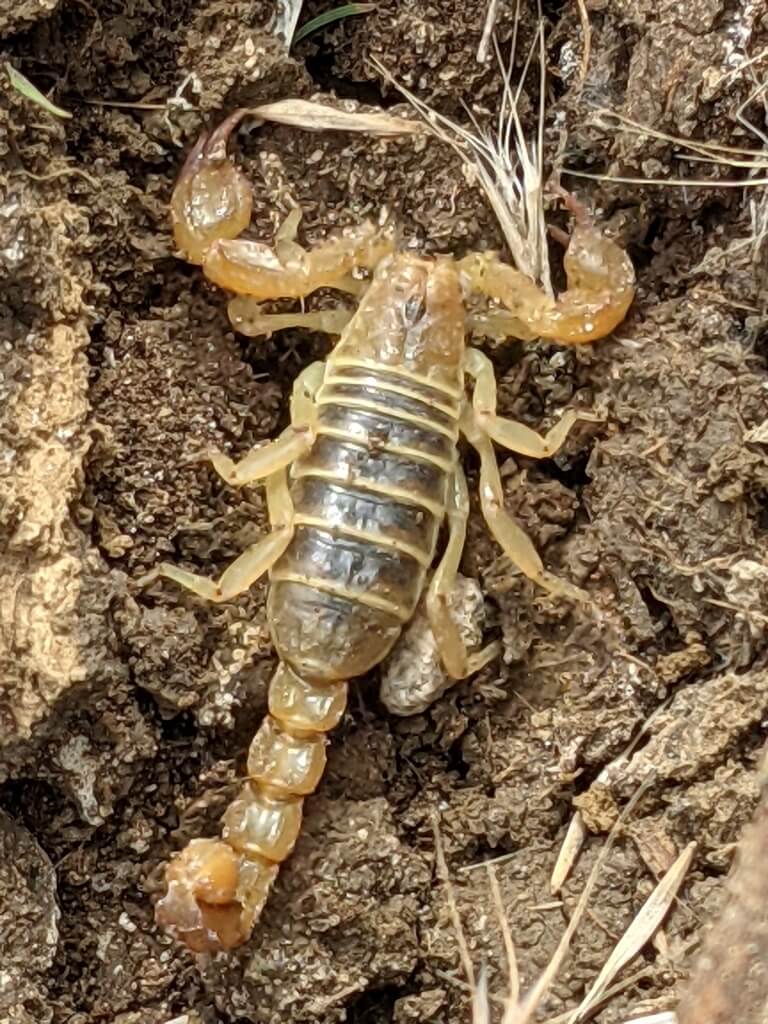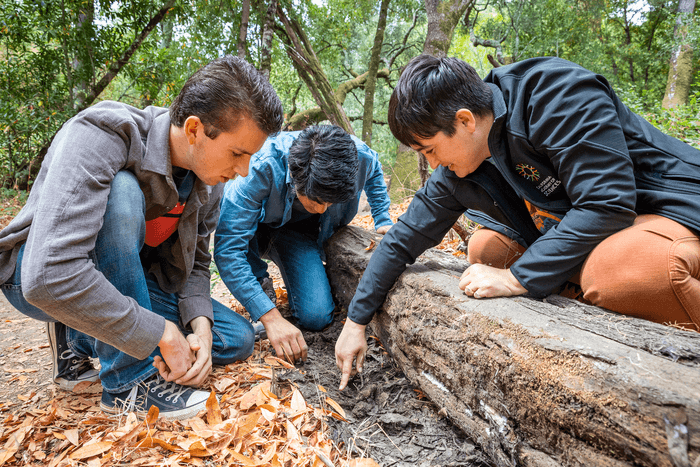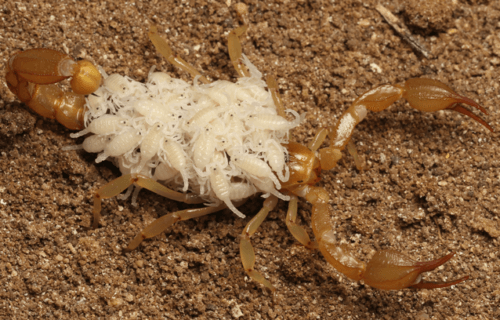SAN FRANCISCO — The Golden State has two new scorpions on its list of species, all thanks to a pair of high school students! Hailing from the Bay Area and the California Academy of Sciences, Harper Forbes and Prakrit Jain made their headline-worthy discoveries while browsing thousands of observations uploaded to the community science platform iNaturalist by other Californians.
Both new species, Paruroctonus soda and Paruroctonus conclusus, are playa scorpions, which means you can only find them close by dry lake beds (playas) around the deserts of Central and Southern California.
A pair of adolescents may have made the discovery, but that doesn’t make it any less impactful. These two new scorpion species will help scientists, conservation managers, and the growing communities of wildlife observers on platforms like iNaturalist alike form a stronger understanding of California’s biodiversity and specific areas most in need of protection.
On a related note, protecting California’s wildlife and biodiversity is a pillar of the Academy’s Thriving California initiative. After making their discovery, the two teens worked with Curator of Arachnology Lauren Esposito, PhD, to formally describe the species in the new study.
How did the team find these creatures?
This all started in 2019 when Forbes and Jain noticed an unknown scorpion species on iNaturalist seen close to Koehn Lake, an ephemeral lake in the Mojave Desert. That image was uploaded six years earlier.
“We weren’t entirely sure what we were looking at,” Jain says in a media release. “Over the next couple years, we studied scorpions in the genus Paruroctonus and learned they frequently evolve to live in alkali playas like Koehn Lake. When we returned to that initial observation, we realized we were looking at an undescribed Paruroctonus species.”

Then, another unknown scorpion seen in San Luis Obispo County was uploaded to iNaturalist in May 2021. Forbes and Jain immediately recognized that it was a new species in the same genus and got in touch with Esposito.
“Harper and Prakrit went through all the steps to formally describe a species, sampling the populations and comparing them with existing specimens in our collection,” Esposito adds. “There’s a lot of work involved, but they are incredibly passionate about this research. It’s inspiring to see that their hobby is one that advances biodiversity science.”
Both new species (P. soda and P. conclusus) are alkali sink specialists, which means they’ve adapted to the environments in which they evolved (alkaline basins—dry, salty playas with high pH soils). Both species live in very limited areas, and only around the playas where their discovery took place — Soda Lake (the former’s namesake) and Koehn Lake.

These new scorpions come out at night
During their summer break from school, Forbes and Jain visited both of those lakes to collect specimens of each new species. These scorpions are primarily active at night. First, they scouted the alkali flats during daylight hours for habitats most suited to playa scorpions. Once dusk came, the two students set out with their vials and forceps. Most scorpions glow under ultraviolet light, making it easier for the two students to search using black lights. The team also routinely checked typical scorpion hiding places. They peered into cracks in the hard clay soil and searched through common alkali sink plants like iodine bush (Allenrolfea occidentalis) and bush seepweed (Suaeda nigra).
At the end of each expedition, Forbes and Jain had successfully collected enough samples of both male and female scorpions to meet the needs of the study.
As noted earlier, the species range for P. soda is small (a mere few square miles) and entirely located in the Carrizo Plain National Monument. That land is federally protected, automatically rendering residing species safe from human activity. Unfortunately, P. conclusus do not live in such a place.
“While no official assessment has been carried out for either species, P. conclusus can only be found on a narrow strip of unprotected land, less than two kilometers long and only a few meters wide in some places,” Forbes comments. “The entire species could be wiped out with the construction of a single solar farm, mine, or housing development.”
Could climate change destroy their habitats?
While P. soda is in a better spot than P. conclusus, study authors stress that both species face the constant threat of climate change that endangers all living things, especially those living in delicate desert environments. Via the Thriving California initiative, Academy scientists aim to work with local schools and communities throughout California to conduct further biodiversity research. Scientific data, including crowd-sourced data like the images on iNaturalist that sparked these discoveries, is going to be essential to stopping biodiversity loss in the Golden State.
Fast forward to today, and Jain and Forbes are high school graduates. Forbes will be studying evolutionary biology at the University of Arizona and Jain will focus on integrative biology at the University of California-Berkeley. Both plan to continue collaborating with Esposito and are already working on their next big project: a holistic book covering California’s scorpions.

“I will never get tired of going out at night to find a certain scorpion for the first time,” Jain concludes. “Whether it be solving the mystery of a long-lost scorpion or discovering something new in an unexpected place, a trip to the desert is always a challenge and an adventure.”
The study is published in the journal ZooKeys.

